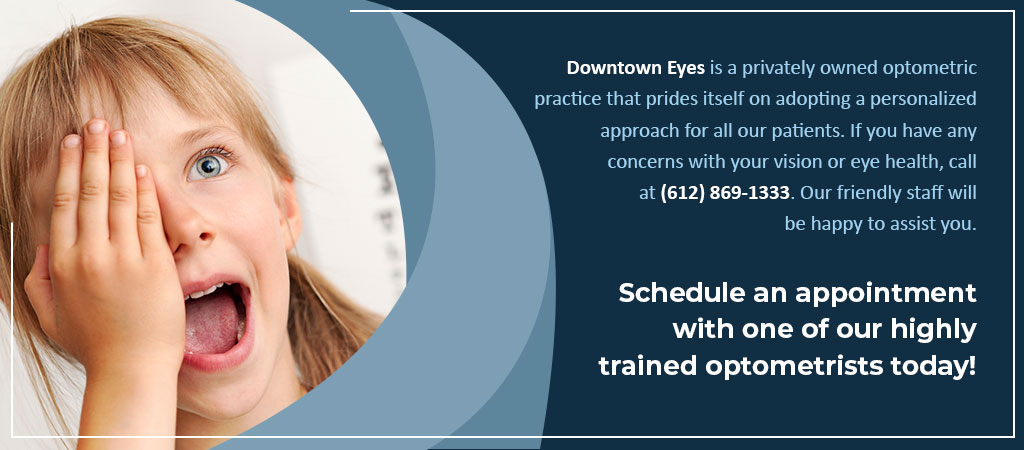
Vision skills, such as focusing your eyes and using the information gathered from sight, have to be learned through stimulation. Toys and games are one of the most useful—and effective—ways to stimulate visual development in children. IN today’s post, Downtown Eyes, your local eye specialist, shares tips on making sure your child’s vision development stays on track.
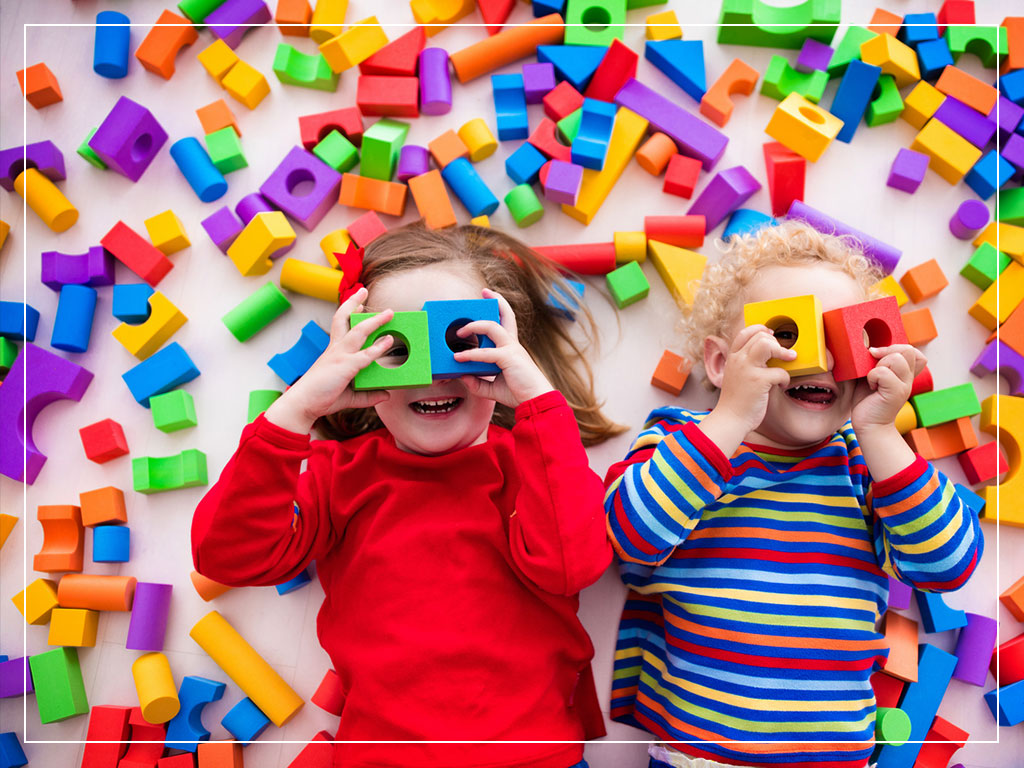
Vision Development Milestones
You should have an idea of the different visual perception skills your child should be acquiring at various ages. That way, you can keep track of their progress. Here’s an overview of the vision development milestones:
- From infancy until two years old – Infants lack eye-hand-foot-body coordination and depth perception, which is the ability to tell whether an object is near to or far away from them. By the time they’re nine to 12 months old, they should be crawling or trying to walk, which helps improve eye-hand-foot-body coordination and the ability to judge distances correctly.
- Two to Five Years old – By the age of two, kids should have well-developed eye-hand coordination and depth perception. It’s normal for kids to be highly curious about their environment and interested in scribbling, coloring books or playing with toys. Such activities further develop fine motor skills and visual perceptual abilities, which they’ll need in preschool.
It’s not uncommon for kids to fall behind in terms of vision development, which is why we highly recommend taking your child to your local eye clinic as soon as he turns six months. Eye doctors can help identify potential issues with their vision development and help them catch up.
Keeping Vision Development on Track During Infancy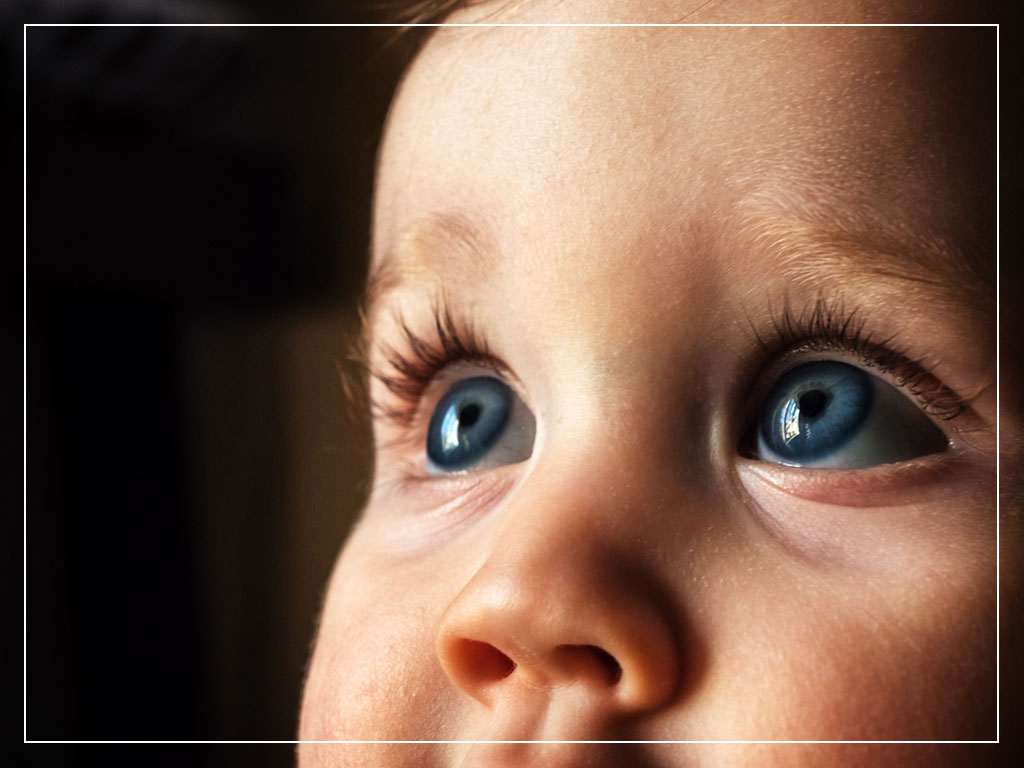
In addition to frequent visits to your local eye specialist, certain activities can help your child learn essential visual skills at crucial stages in childhood. Here are some things to try:
0- 3 months
- To help your baby develop their general and motor bilateral movement skills, move their legs and arms, playfully separating them in several combinations. You can also gently bounce your baby on your knee.
- To aid the development of their focusing skills, place multi-colored objects in front of your baby in varying positions or move a patterned object, like a doll or a balloon, with a bell attached in front of your baby’s eyes. Make sure to maintain a distance of 5-10 in. from your child’s eyes. Installing a nightlight or talking to your baby while walking around the room can also help.
4 – 8 months
- Playing peek-a-boo with your baby can help them develop their visual focusing skills.
- Placing a mirror in a plastic frame (to protect your baby from sharp edges) and hanging it on the side of the crib so your baby can see themselves can also help.
- To aid their visual tracking skills development, jingle toy keys 10 in. away from your baby’s eyes, moving them from left to right before moving them up and down. Babies are also very curious at this stage, so give them plenty of opportunity to explore.
9 – 18 months
- A game of hide and seek can help your baby improve their visual memory.
- To help them develop their general and motor bilateral movement skills, you can read your toddler a picture book and have them identify large objects in the pictures.
- As for their visual tracking skills development, let them look for an object you’ve hidden or group objects that belong together, e.g., cups and spoons with different patterns. Or you can give them a ball to bounce or play with.
18 Months to Five Years: Toys and Games for Further Visual Development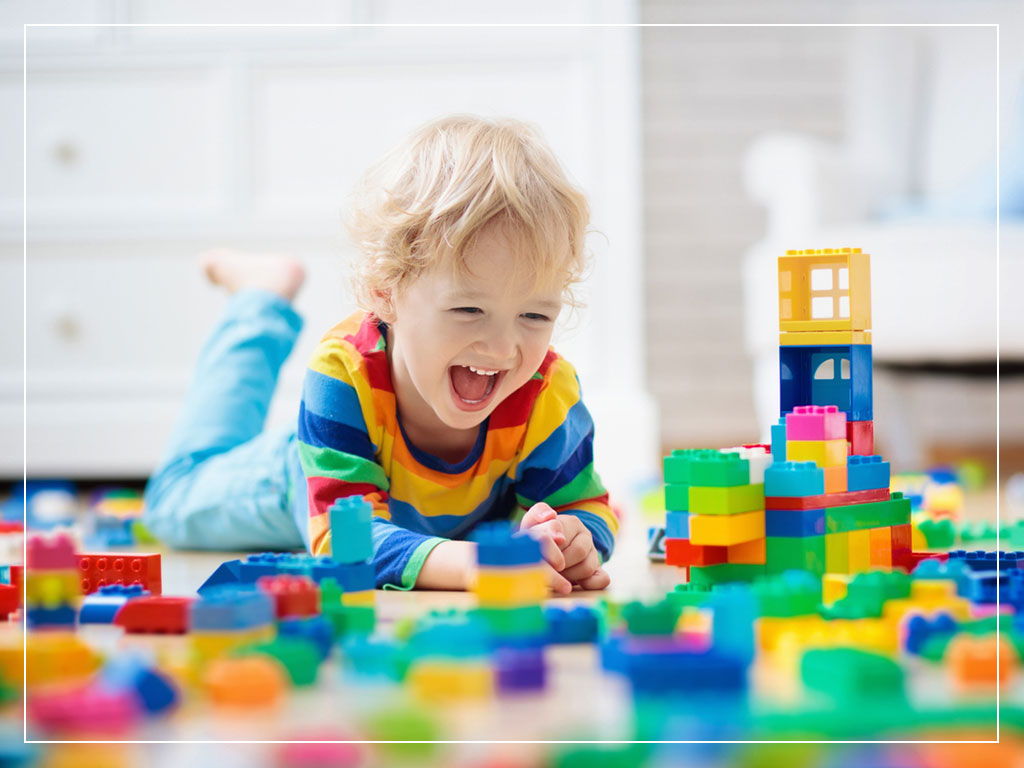
As your child grows a bit older, you can start playing more complex games. Here is an overview of some toys and games recommended by vision professionals:
- Building toys (building blocks) – These toys help develop your child’s eye-hand coordination, visualization and imagination.
- Balance and coordination toys (bicycles, jump rope and snowboards) – These toys help develop gross motor skills and bilateral coordination (using both sides of the body to do complex tasks such as getting dressed or tying shoes).
- Memory games – Aside from strengthening visual memory, these games help develop visualization.
- Space perception toys (frisbee throwing) – These toys can help improve depth perception and eye-hand coordination.
- Visual thinking toys and games (jigsaw puzzles, checkers and dominoes) – These games help develop visual skills that are essential to academics, such as visual memory, visual discrimination, pattern recognition and sequencing.
- Fine motor skill activities (model-building, modeling clay and finger painting) – These activities help develop fine motor skills, which are essential to reading and writing.
Toy Shopping Tips: Safety First
While toys aid the development of children, they can pose a safety risk. In 2017, the U.S. Consumer Product Safety Commission reported that there were more than 251,000 toy-related injuries requiring emergency room treatment. To help you shop for safe toys, here are some tips:
- Avoid buying toys with small parts – Since toddlers have a tendency to put things in their mouths, toys with small parts can be choking hazards.
- Teach kids the proper way to play with toys – Injuries are less likely if your kids know how to safely play with the toys.
- Look for the age recommendation in the packaging – Only buy age-appropriate toys.
Common Eye Problems
Early childhood is when most vision problems start to emerge. That’s why it’s a good idea to educate yourself about common childhood vision problems. The sooner you begin taking your child to your local eye clinic to address any vision issues, the better. Remember: early treatment can help minimize the impact of vision problems on childhood development.
Symptoms That May Be a Cause for Concern in Infants
- Excessive tearing – This may be a sign something’s blocking your baby’s tear ducts. In the case of older kids, this condition usually goes away without any treatment.
- Red eyes or crusty eyelids – These symptoms are a sign of an infection.
- Frequent eye turning – This might be a sign there’s an issue with your child’s eye muscle control.
- Sensitivity to light – This indicates there could be elevated pressure in the eye.
You shouldn’t worry too much though—vision problems in babies are quite rare. However, if your baby exhibits any of the aforementioned symptoms, it’s best to take them to an eye specialist as soon as possible.
Symptoms of Refractive Errors in School-Aged Children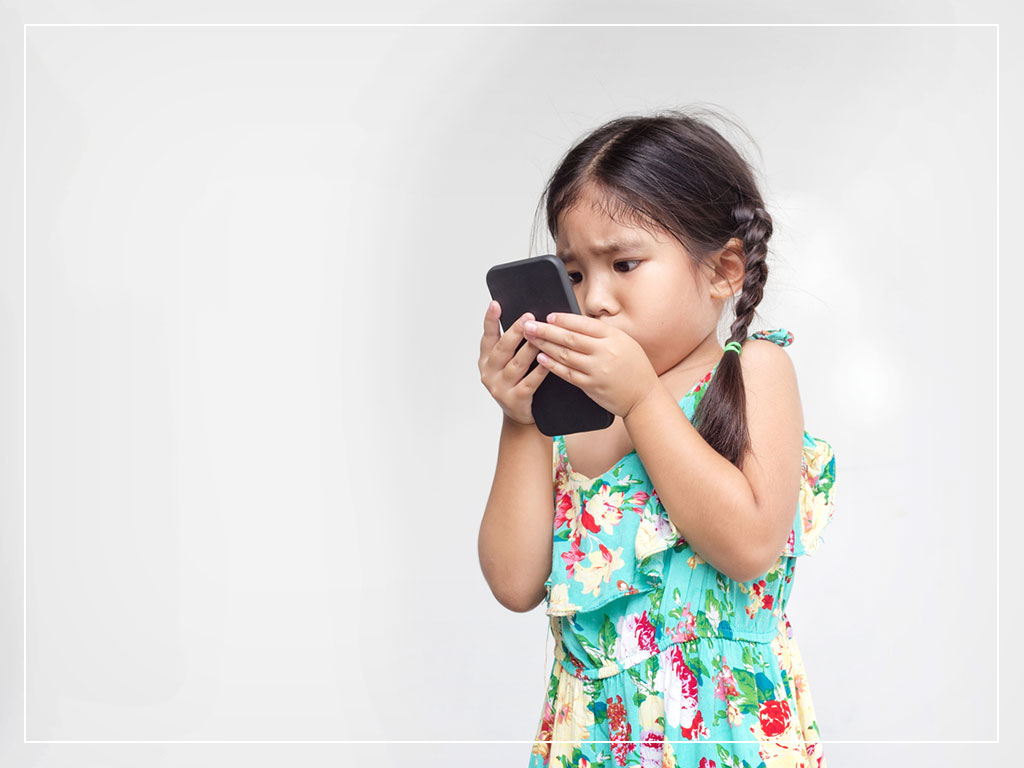
Symptoms of vision issues usually start to appear around the time a child starts school. Refractive errors are among the most common vision problems in school-aged children, which is why you need observe your child closely. Here are some signs of potential vision problems:
- Frequently squinting to see better
- Rubbing their eyes constantly
- Sensitivity to light and teary eyes
- Sitting too close to the TV or holding a book too close
- Closing one eye to see or read better
- Headaches and tired eyes
If your child exhibits any of these signs, we strongly recommend taking them to your eye doctor as soon as possible. These signs often indicate a child is suffering from myopia (nearsightedness), hyperopia (farsightedness) or astigmatism, which means they might need to undergo a contact eye exam.
The Importance of Routine Eye Exams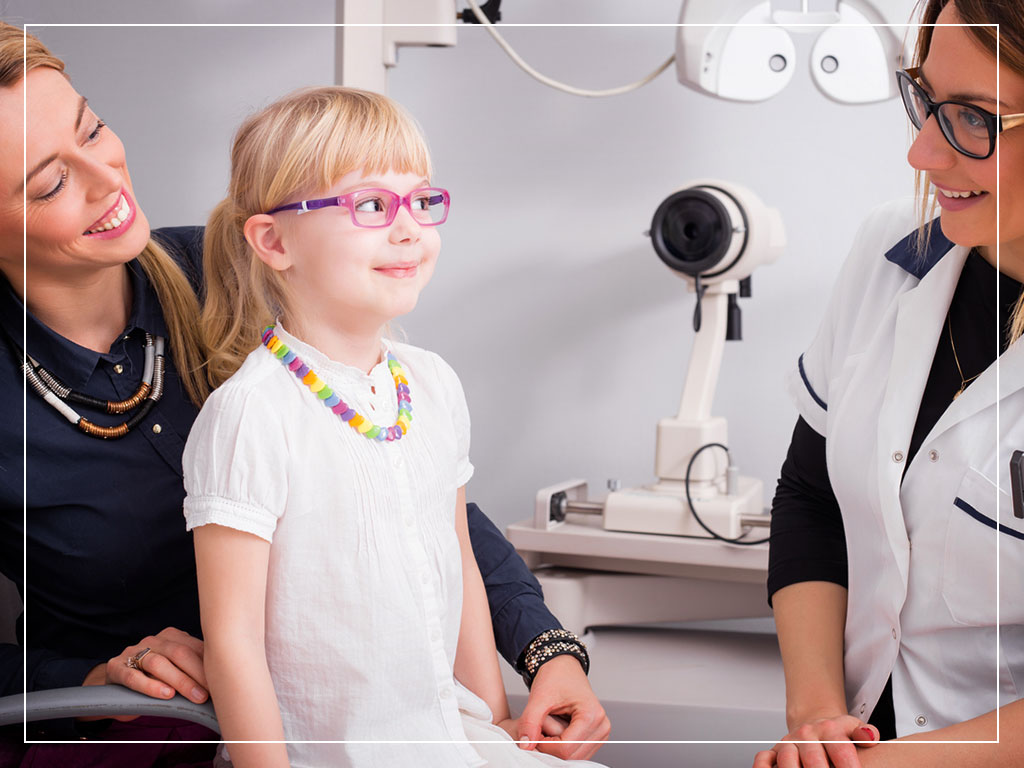
Even if your child isn’t exhibiting any of these signs, experts still recommend setting routine appointments with your local eye specialist. The American Optometric Association recommends parents have their kids undergo an eye exam at six months of age, three years of age and before they begin school.
School-aged children should undergo an eye exam every two years or as recommended by their eye doctor. Should your child need glasses or contacts, they’ll need to undergo a contact eye exam every 12 months. This is to make sure they have the correct prescription.
Looking for eye doctors in your area? 